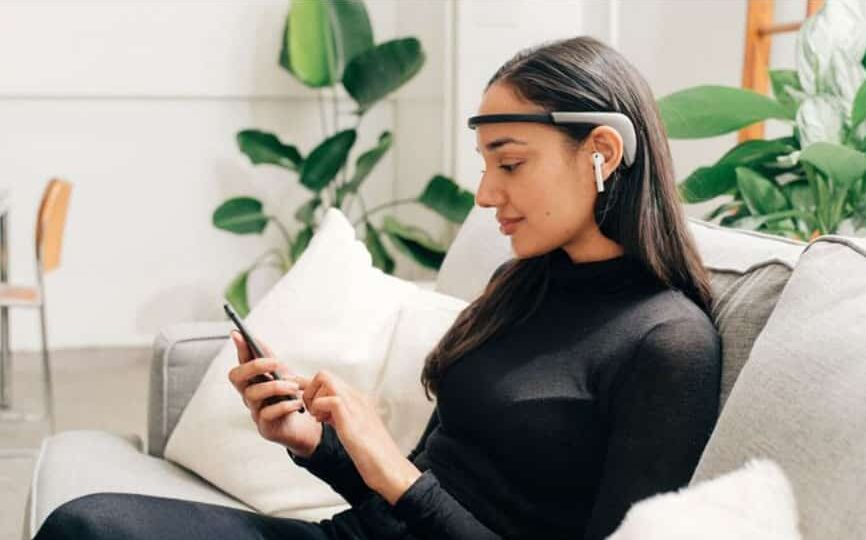
CAN I DO NEUROFEEDBACK AT HOME?
Today, we’re fortunate enough to benefit from a wide range of technologies that can help us optimize our health. From Dexa scans for body composition to Lumen’s breath analyzer for instant knowledge of if we’re metabolizing carbohydrates or fats, we have plenty of ways to keep track of our physical health.
For our brain and mental health, we have neurofeedback.
What Is Neurofeedback?
Neurofeedback is the process of turning brain waves into measurable data we can use to optimize our mental health and brain training activities, and the term is commonly used to describe the devices we can use to access the data from neurofeedback.
Your brain transmits its processes through tiny electrical currents. By measuring these, you can use electroencephalography (EEG) to provide a graphic image of your brainwaves in real-time.
Why Do Neurofeedback?
Seeing your brain activity data allows you to understand how your brain works under different stressors. Whether you’re looking to optimize your ability to work under pressure, have focused learning time, or get a handle on your anxiety, neurofeedback will give you more power to control these states and manage your symptoms.
Can I Do Neurofeedback at Home?
Yes, you can. Technology has come a long way and at-home devices for monitoring your health are readily available, even for monitoring and training your brain. A device like the one we use for our Myndlift program, the Muse headset, is simple to operate and just needs an app to connect with your phone, tablet, or laptop.
While it is possible to do neurofeedback without any one-on-one guidance, you’ll have better results when you have a little training and are monitored by a neurofeedback specialist. It’s a little like learning a musical instrument. Going it alone works, but can prove a long, uneven road. Having a teacher makes the trip faster and much smoother and will help you better interpret your data.
That’s what Myndlift provides – a consultation with a clinical neurofeedback professional and constant monitoring of your progress when you run Myndlift sessions at home.
How Do I Do Neurofeedback at Home?
You need a neurofeedback device such as our Muse Myndlift device to gather the data for you. Make sure the device you choose has an EEG headband or similar to monitor your brain activity – without this, it’s not a true neurofeedback device and it’s not going to give you the data you need.
Most neurofeedback devices come with an app you can use on your phone to manage your data, and Muse is no different. With Muse, you can play games on your phone using your brainwaves as the controller. That makes it a great choice not just for adults, but kids too.
As we touched on above, you’ll get the best benefits from using your Muse with the guidance of an expert, so make sure you schedule a Myndlift session with us when doing neurofeedback at home.
Is There Anything I Should Think About Before Doing Neurofeedback at Home?
Neurofeedback works best when used in conjunction with other biofeedback data, particularly that of your heart. Like the brain, your heart reacts to your feelings. We all know that the heart beats faster when you are excited or under pressure – that is just the beginning. It also telegraphs when you are under stress.
Your should ideally be monitoring your heart and mind, especially if your goal is to better manage stress and your mental health, rather than optimization for brain training.
Our HeartMath system, especially when used in conjunction with Myndlift, provides just that. Using a sophisticated sensor paired with an app allows you to monitor your heart rate and the Heart Rate Variability (HRV) which is a guide to your emotional state.
Put Them Together
Though neurofeedback at home devices like Myndlift and HeartMath are important tools in helping us maintain good mental health, together they form an unstoppable team that can lead you away from mood swings and depression and lead you to a better, more contented self.
To find out more about Myndlift and the Muse device click here, and to learn more about HeartMath, click here.
















